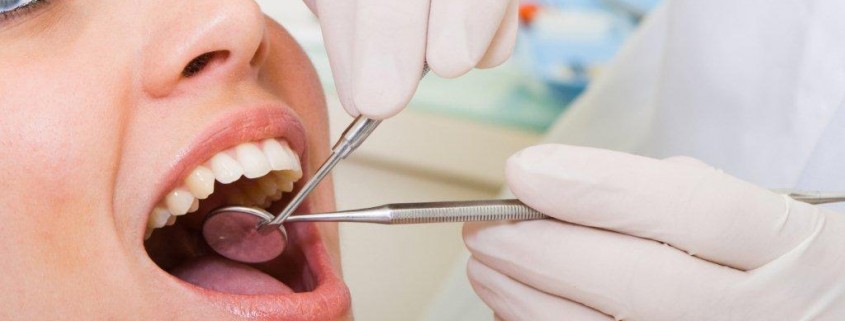Dental Bonding vs. Veneers: What’s the difference and which do I need?
No matter what, no one loves cracked, gapped, or stained teeth. That’s why many people turn to dental bonding and veneers to help fix these issues and gain confidence in their smiles.
But what are these procedures? And how do they help improve the look of damaged or imperfect teeth? And when should you choose one over the other?
Dental Bonding
Bonding is the process of applying a putty-like resin to the surface of the teeth to mask imperfections. This putty matches the color and texture of your natural teeth and is mainly used to fix minor issues like chips and stains.
Pros:
- Less expensive option: $200-$700 per tooth
- Fast procedure (one visit)
- No tooth preparation necessary
Cons:
- Can be stained by coffee, tea, and cigarettes
- Meant for minor changes, not entire smile
Veneers
Veneers are porcelain shells custom made to fit the fronts of teeth. First, a thin layer of enamel is removed from your teeth to prepare for the veneer, and then an image of the teeth is used to create a custom shaped veneer. They’re applied to the teeth with adhesive. Veneers are used to cover up gaps, crooked, and stained teeth.
Pros:
- Resist changes from coffee, tea, and cigarettes
- Look more like natural teeth than molding
Cons:
- More expensive than molding: $800-$2,000 per tooth
- More time consuming and labor intensive (three visits)
When you require major changes that will last for long periods of time, veneers are a viable option. For minor cosmetic changes on a smaller budget, dental bonding is a solution. Chauvin Dental has extensive experience with both procedures. Contact us for a consultation, and we’ll decide together which is the right option for your smile.



